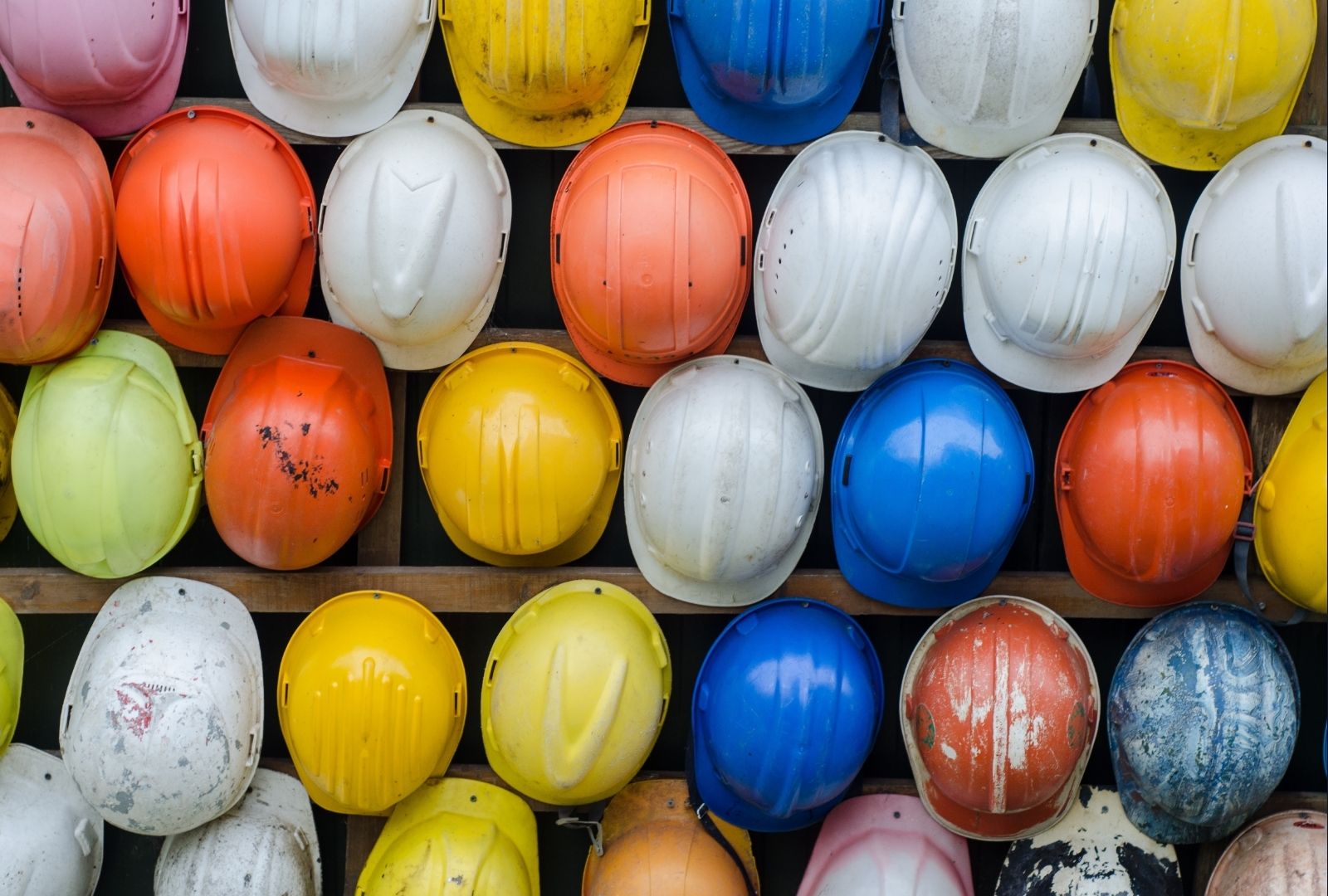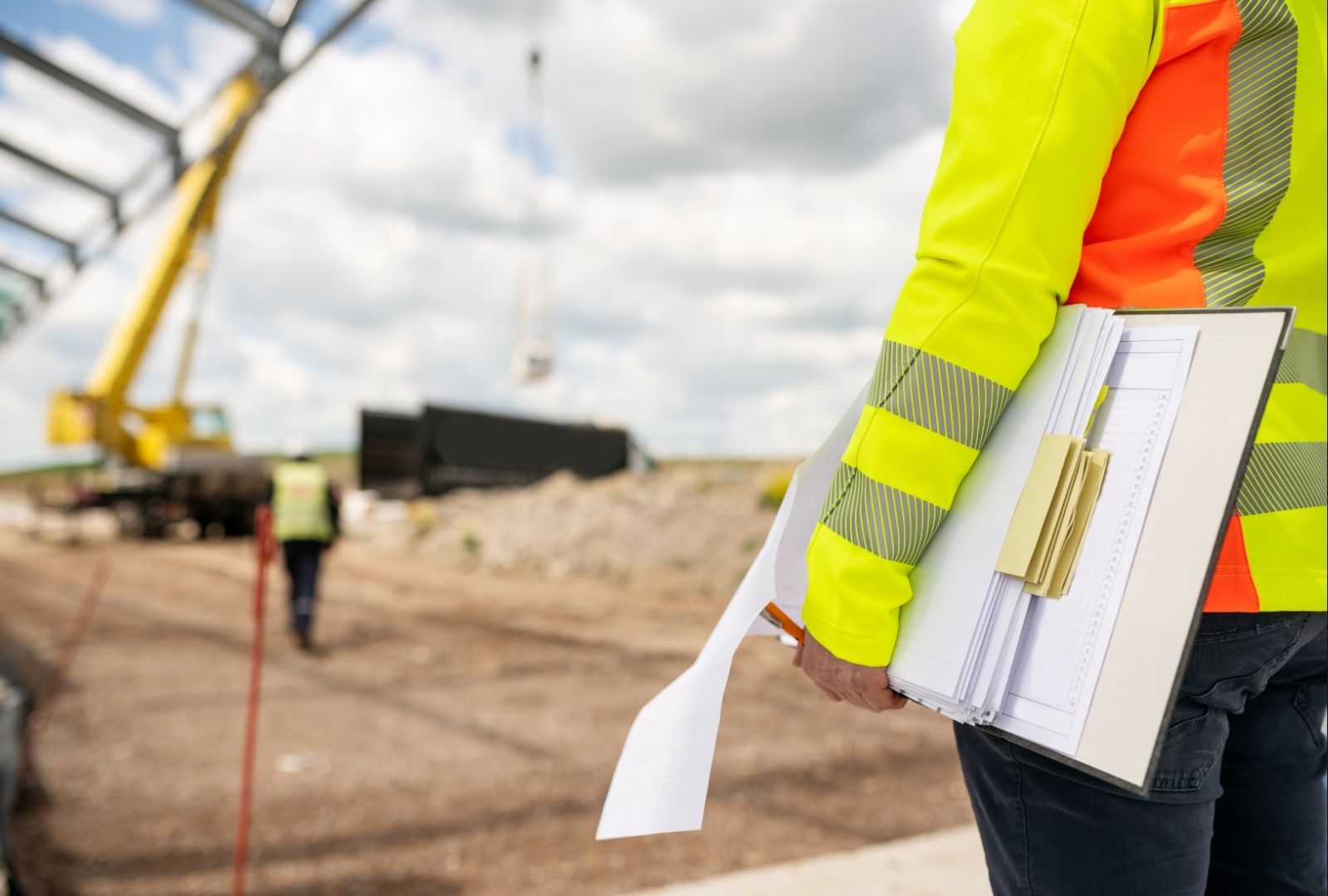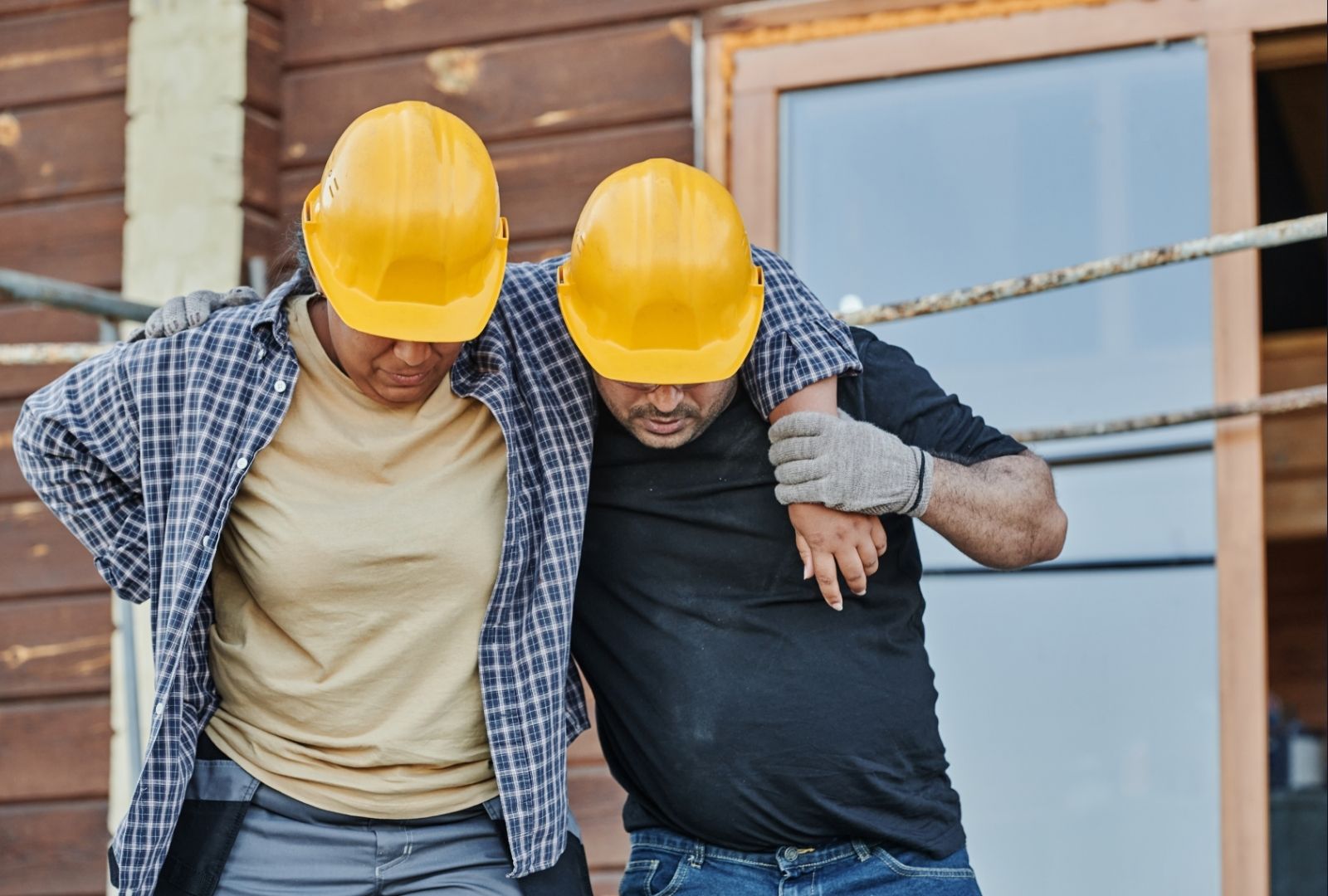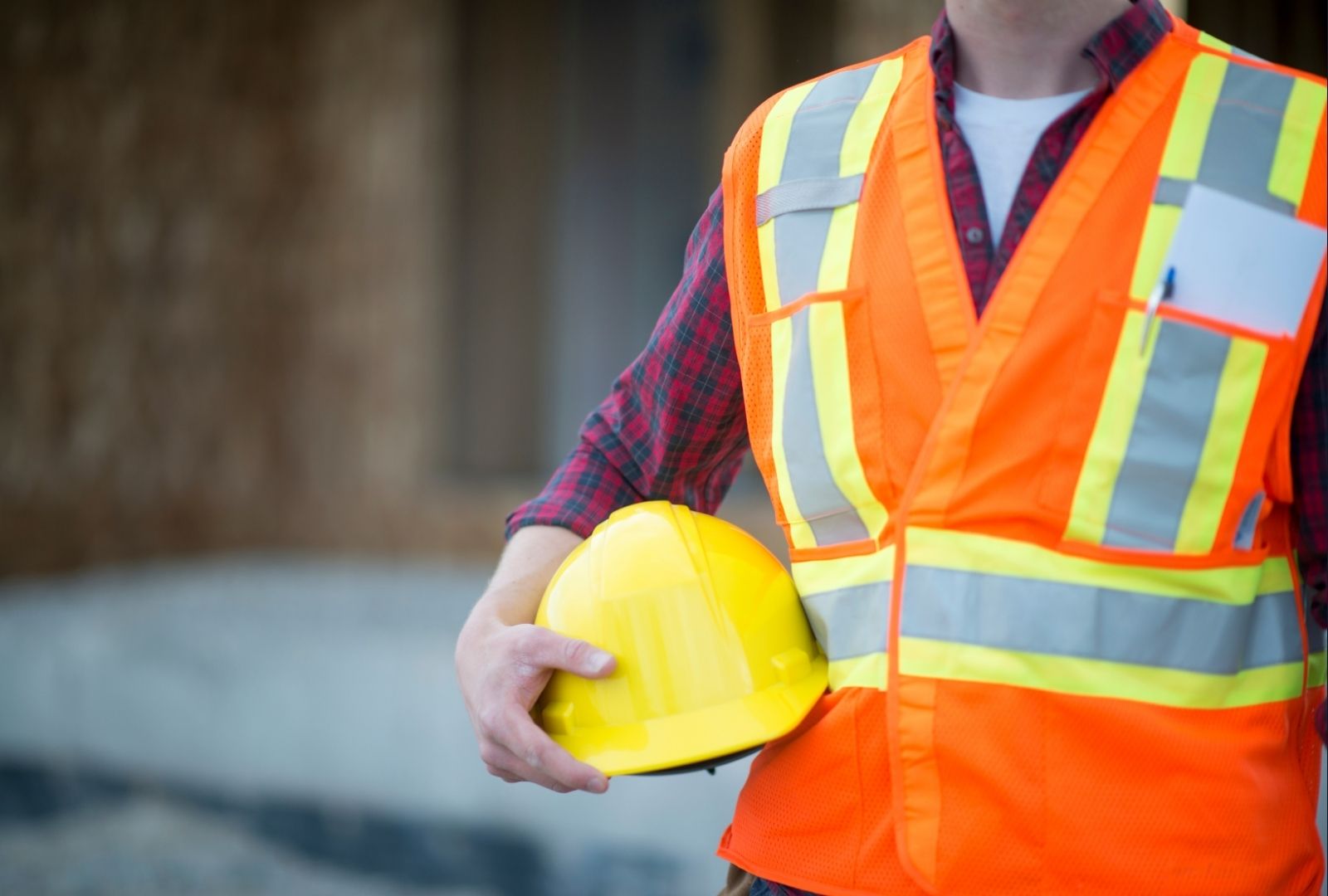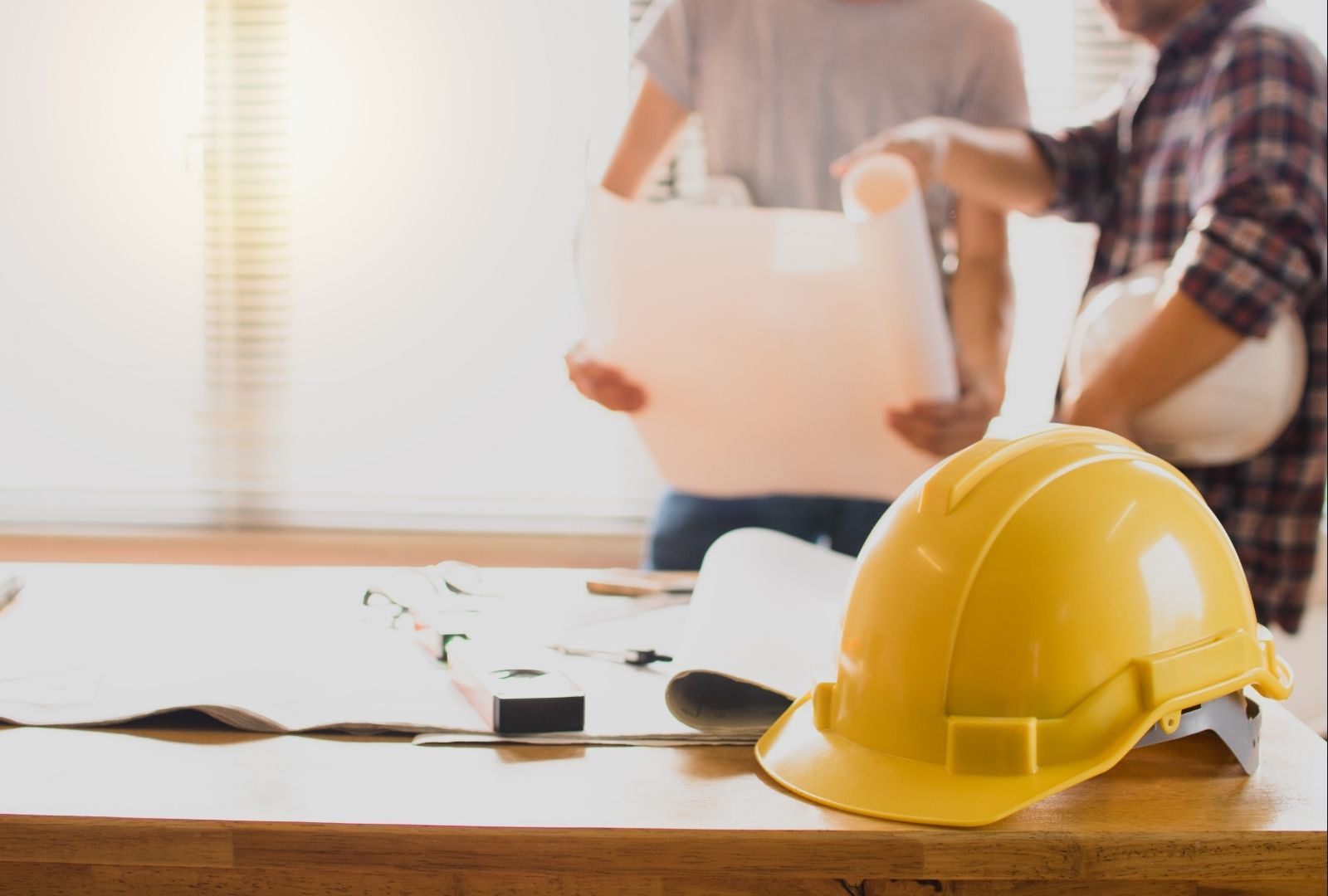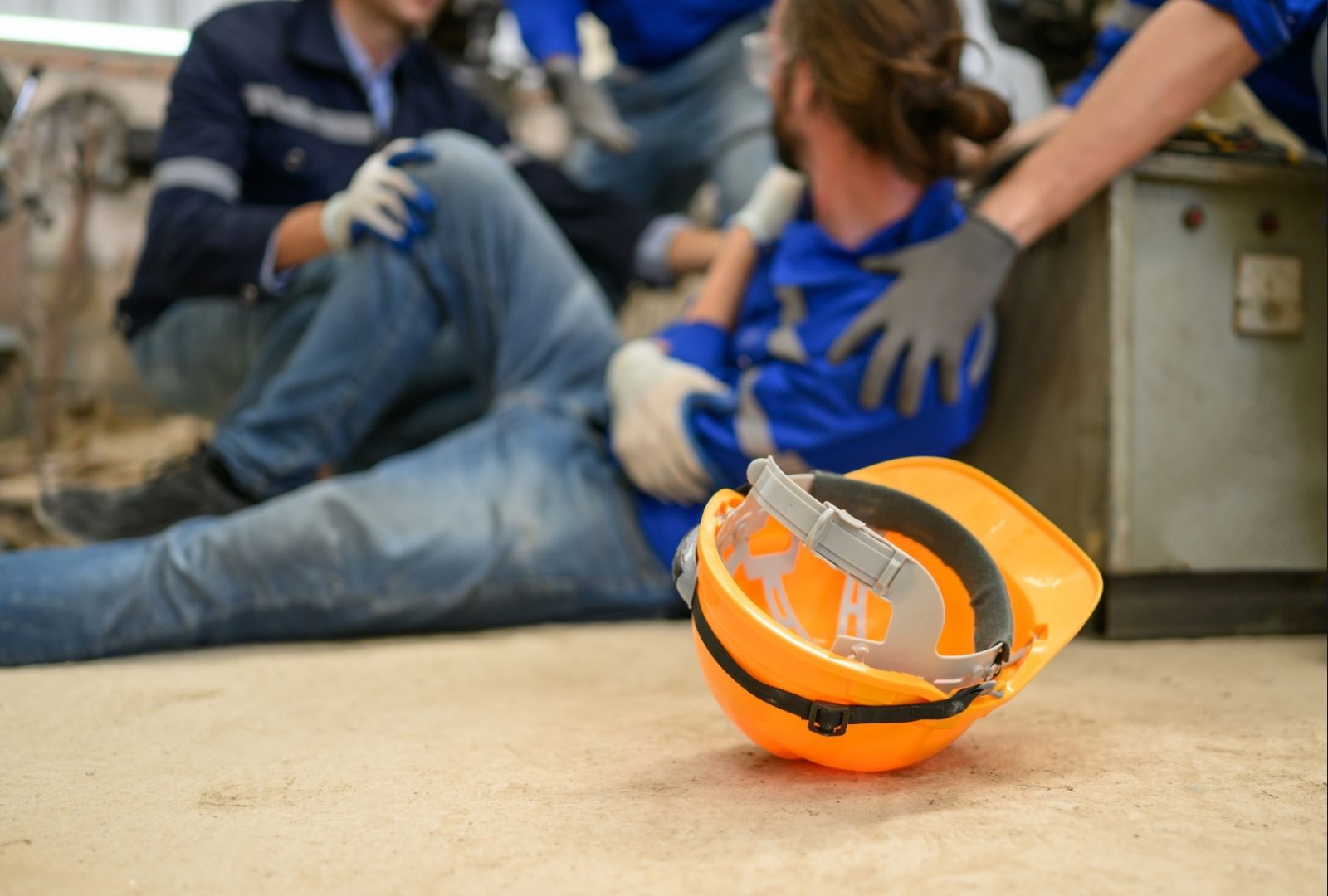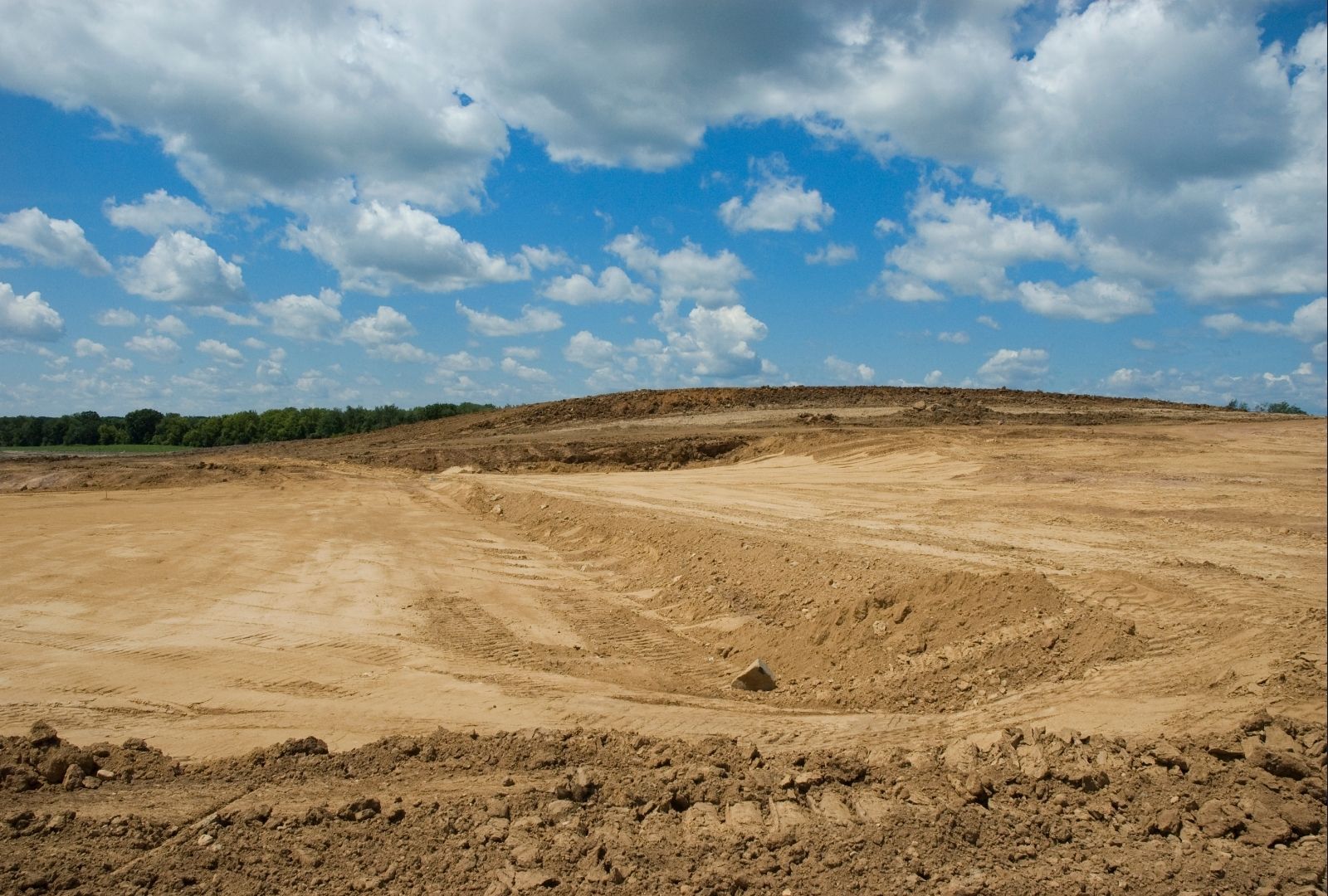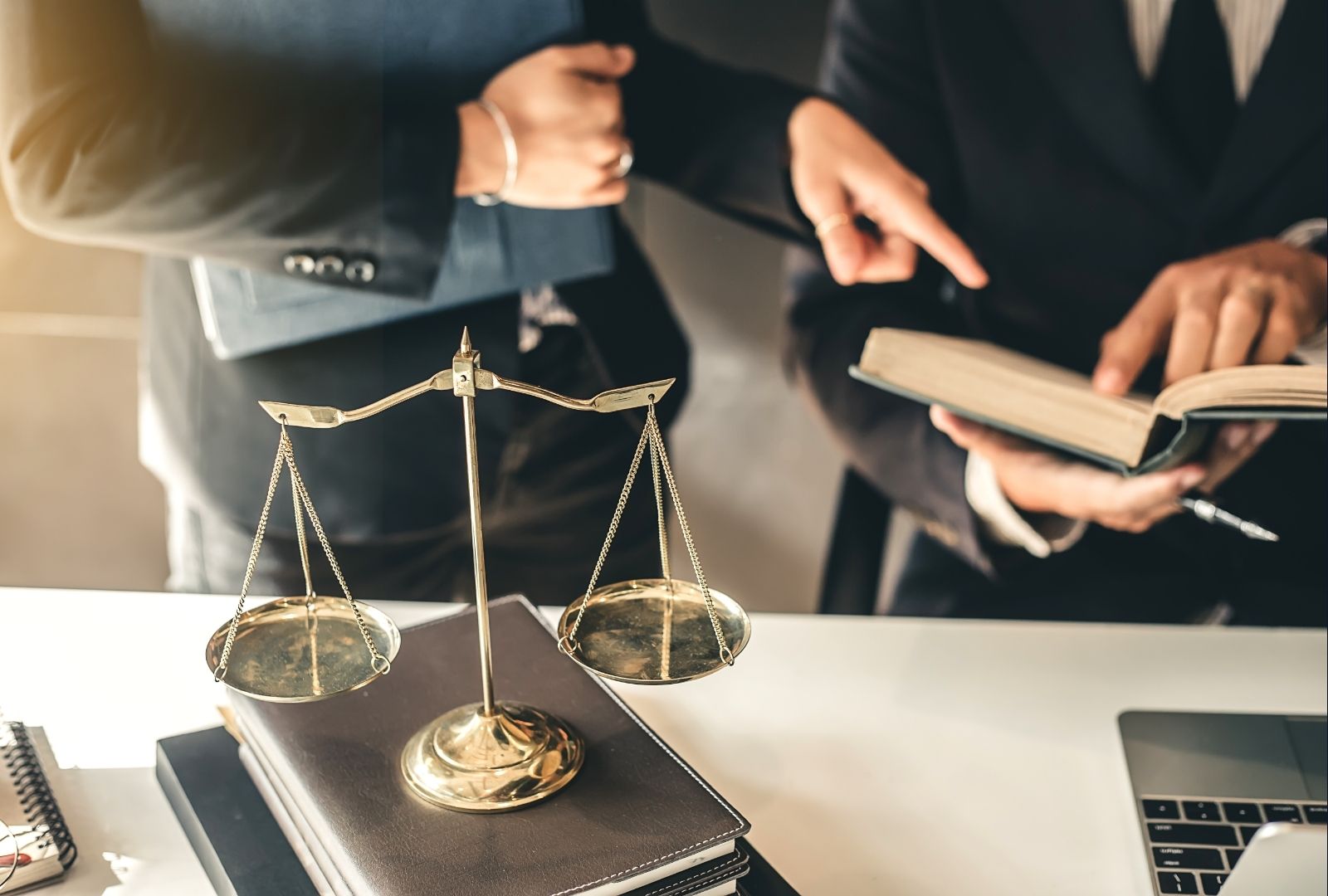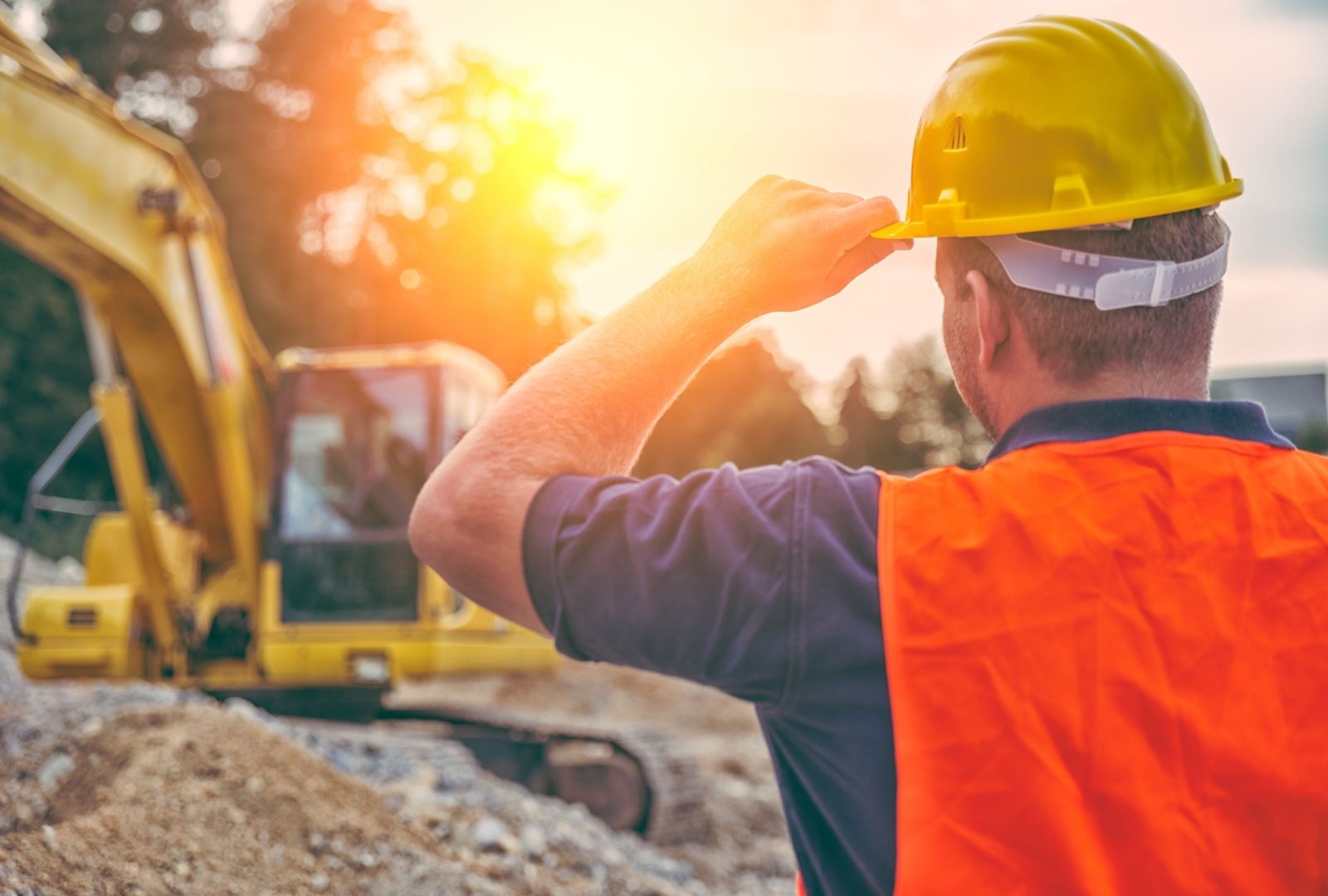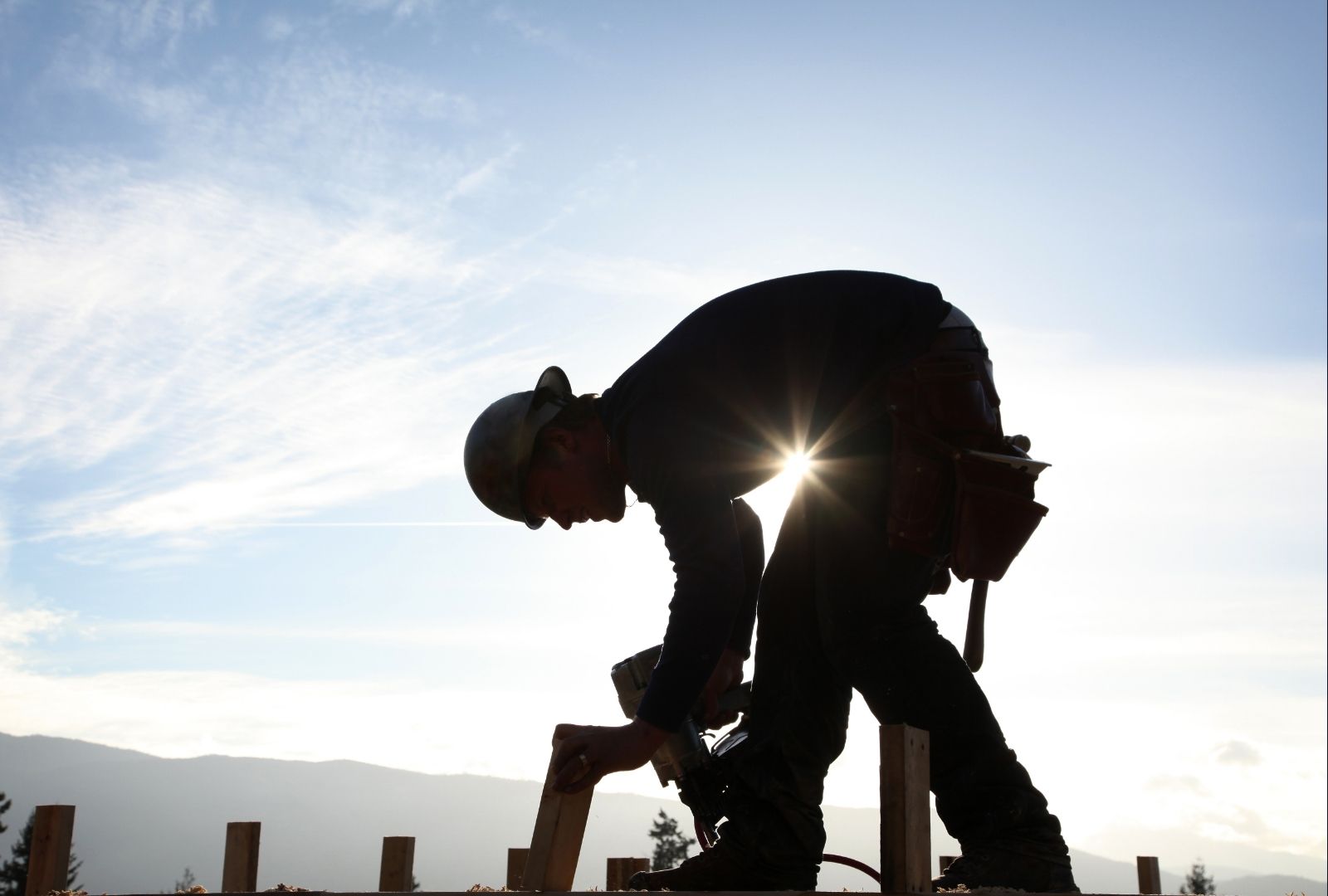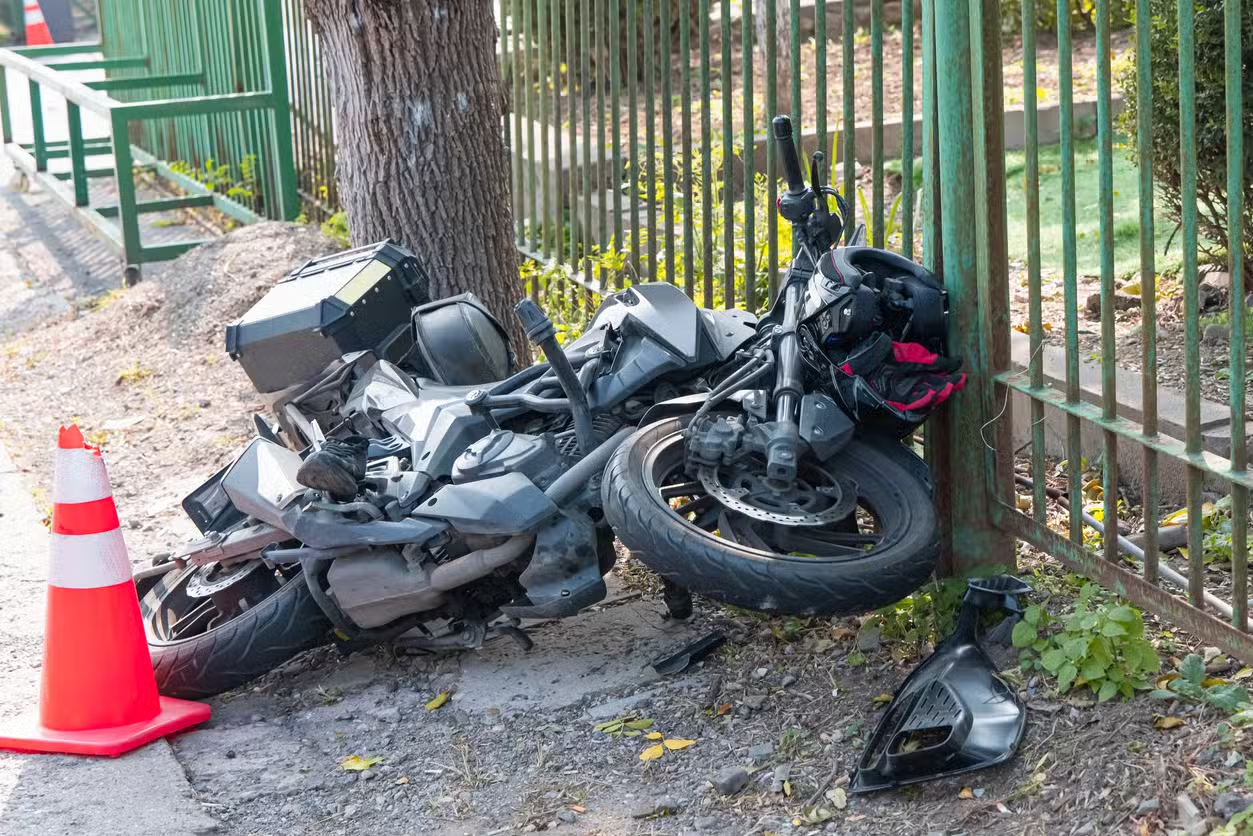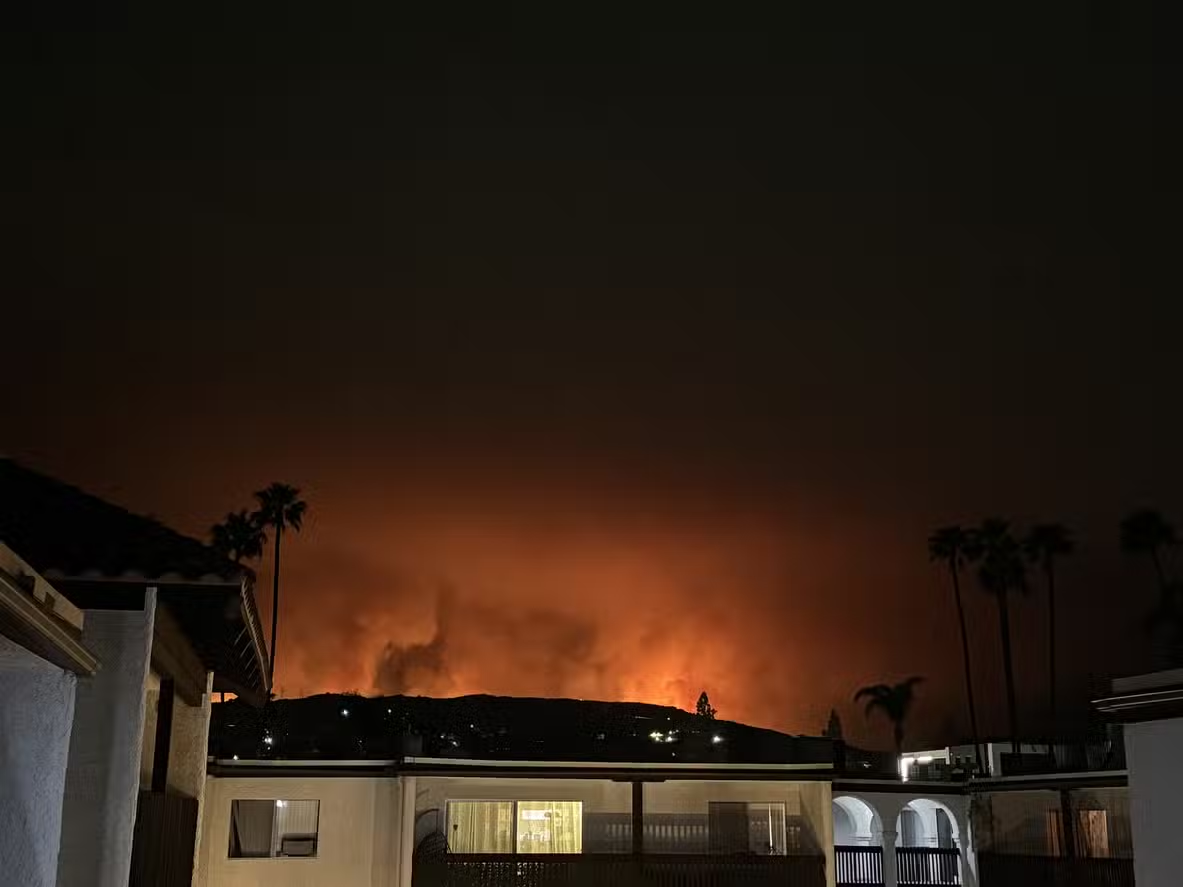Construction sites present a wide range of safety hazards. Despite regulations and training, construction accidents remain one of the leading causes of workplace injuries and fatalities in the United States. Understanding the most common construction accidents—and how to prevent them—helps protect workers and reduce liability.
If you’ve been injured on a job site, consult a construction accident attorney to protect your rights and evaluate whether you may be entitled to compensation beyond workers compensation benefits.

Falls from Heights
Falls from ladders, scaffolding, rooftops, or unprotected edges are the most frequent and deadly construction accidents.
- Prevention:
- Install proper guardrails and fall arrest systems.
- Use safety harnesses and ensure correct anchorage.
- Train workers in ladder and scaffold safety.
Struck-by Object Injuries
Workers are often hit by falling tools, materials, or swinging machinery. These injuries can cause severe head trauma, fractures, or fatalities.
- Prevention:
- Require hard hats on all active job sites.
- Secure tools and materials properly at height.
- Limit access to overhead work areas.
Electrocution
Live wires, exposed cables, and improperly grounded equipment can result in electric shock, burns, or death.
- Prevention:
- Identify and label all live electrical hazards.
- Use insulated tools and personal protective equipment (PPE).
- Ensure only qualified personnel perform electrical work.
Caught-in or Caught-between Accidents
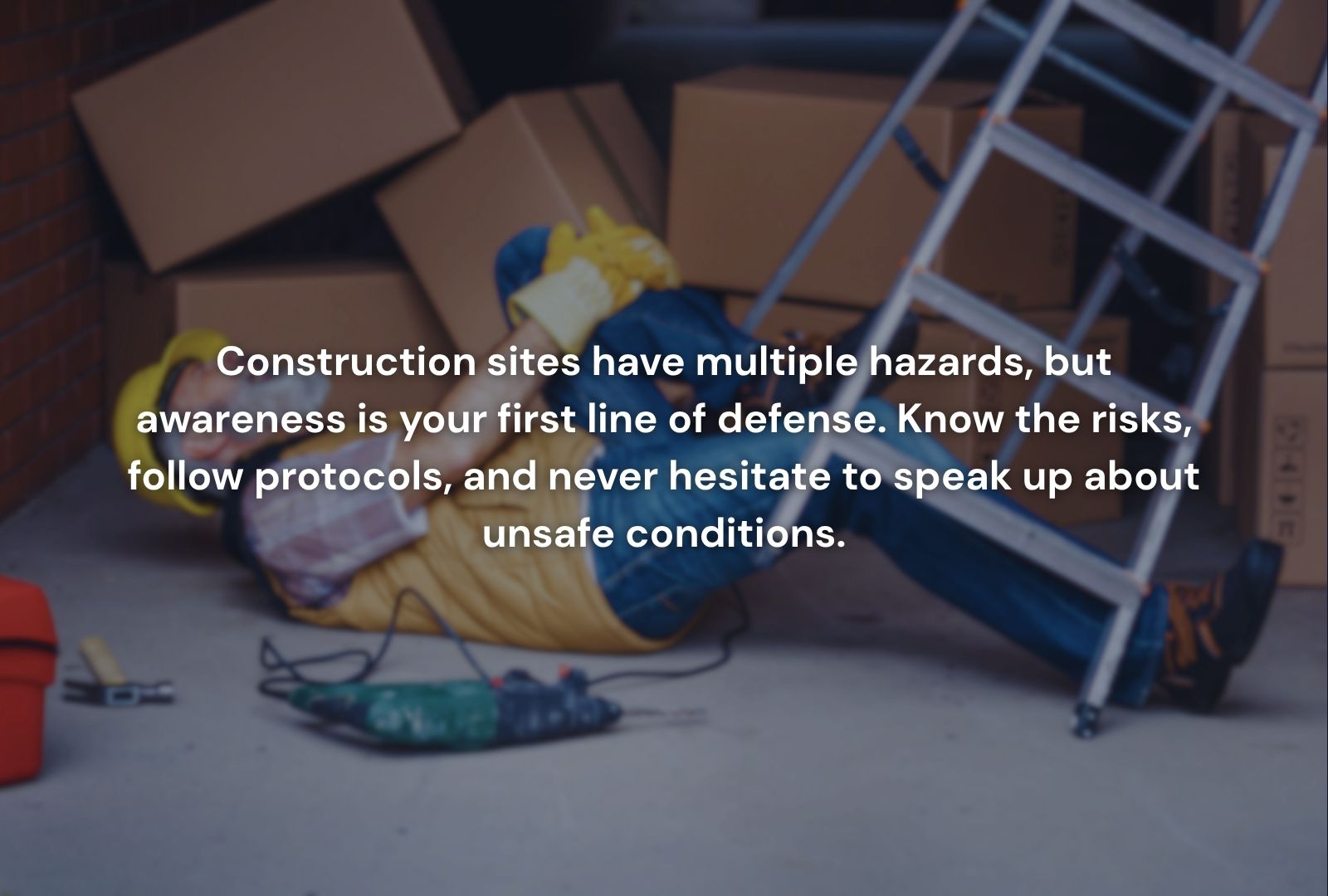
These accidents occur when workers are trapped between equipment, walls, or collapsing structures.
- Prevention:
- Install trench support systems and proper shoring.
- Use machinery with guards and emergency stop features.
- Provide clear communication signals between operators and ground workers.
Machinery Malfunctions
Heavy equipment like forklifts, cranes, and bulldozers can cause crushing or pinning injuries if not maintained or operated properly.
- Prevention:
- Perform regular maintenance checks.
- Enforce strict training and certification requirements.
- Use spotters to monitor blind spots and equipment movement.
Slips and Trips
Uneven surfaces, loose materials, and poor lighting often lead to slip and trip injuries on construction sites.
- Prevention:
- Keep walkways clear of debris and tools.
- Improve lighting in stairwells and enclosed spaces.
- Use slip-resistant flooring or mats in wet areas.
Overexertion and Heat-Related Illnesses

Physical strain, dehydration, and prolonged heat exposure can result in exhaustion or medical emergencies.
- Prevention:
- Schedule rest breaks and rotate tasks.
- Provide shaded areas and hydration stations.
- Educate crews about recognizing signs of heat stroke.
Supporting Safety Through Legal Awareness
Understanding the risks is only one part of the solution. Construction workers and employers should also know their legal rights and responsibilities:
- When to hire a construction accident lawyer: Learn when legal representation is necessary, especially in cases involving denied claims or third-party negligence.
- Construction site accident attorney: These professionals specialize in handling multi-party liability, OSHA violations, and employer negligence.
- Construction accident report: Timely, accurate reporting is critical for establishing fault and supporting claims.
Being informed allows workers to take the right actions immediately after an accident and helps prevent recurrence.
Conclusion: Prevention Starts with Awareness
Construction accidents are often avoidable with proper training, oversight, and adherence to safety protocols. Employers must prioritize proactive safety measures, while workers should remain vigilant and know when to seek help. By understanding the causes of common construction accidents—and how to avoid them—you reduce the risk of injury and create a safer job site for all.




